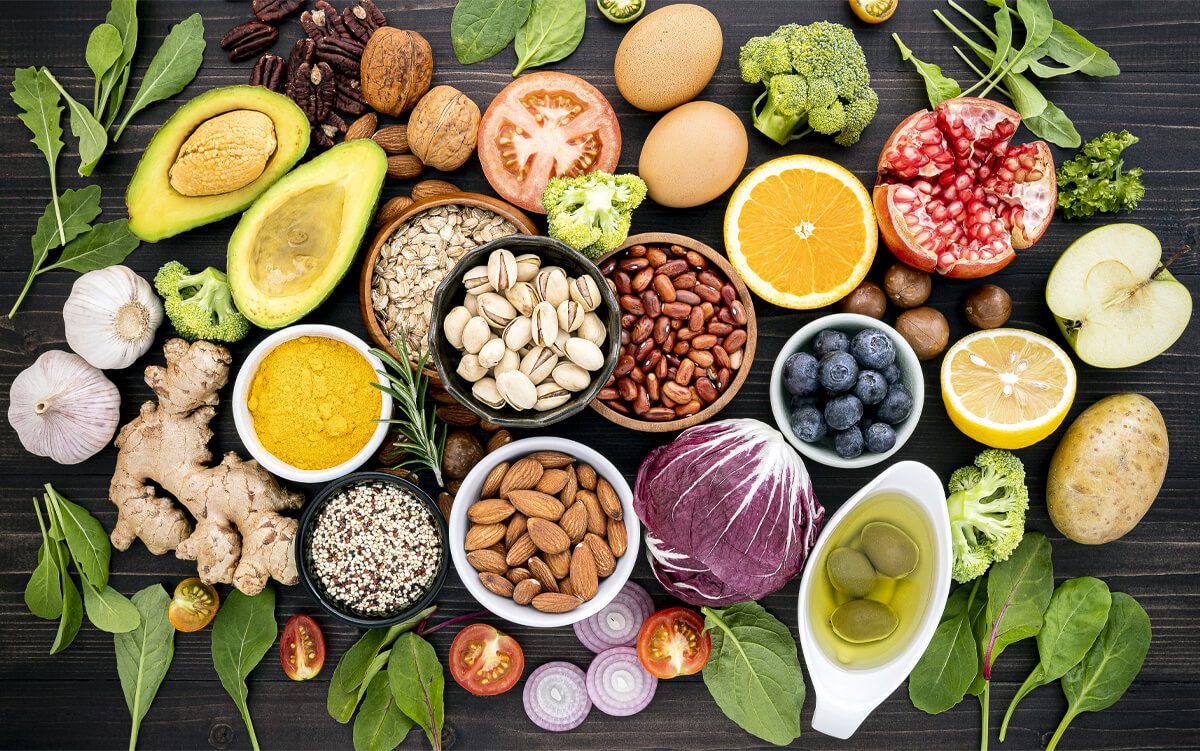February is National Heart Health month where we talk about the risk for heart disease, recognize symptoms of heart attacks, and discuss ways that we can alter our lifestyle to promote better heart health. The American Heart Association even does a special campaign called Life’s Simple Seven that raises awareness about changing risk factors for heart disease but is it really that simple? If I want to have burger and fries every now and then, is that going to kill me? If savory foods are my favorite, does it really make a difference if I select the foods that have cream, butter, and cheese? Well, the answer is that the one particular meal that you eat will probably not kill you or increase your risk for heart disease but consistent intake of foods high in fat and saturated fat over time will increase your risk. So, here are my three “simple” things you can do to reduce your risk of heart disease that will still allow you to enjoy the foods you want:
1. Limit fried foods by not consuming 2 fried items at a meal. For example, if you really want the French fries, then choose the grilled chicken. Fried items have a higher fat and saturated fat content. Is it realistic to think you will never incorporate fried foods? Probably not but you can reduce the amount of them that you have by picking the one that you really want and choosing for the other items to be baked, grilled, broiled, steamed, poached, etc.
2. Don’t add butter to your cooked vegetables. If you were raised in the South like myself, you assume that the only way to season vegetables is with butter. Most of the people that I talk to that season their vegetables with butter do it because it is out of habit not because they have tried the vegetables and decide that butter is needed to season the“bland taste.” My question is-do we really know what vegetables taste like even if we are seasoning with butter? Next time you cook vegetables, try not adding the butter and/or salt to season them. Taste them first and experience the true flavor of the vegetable and decide if extra seasoning is needed. If so, try alternatives like olive oil, garlic, lemon pepper, or other herbs and spices. Over time, you will significantly reduce your saturated fat intake and can reduce your risk for heart disease.
3. Cut the cheese. This phrase always makes me laugh because it takes me back to elementary school days but this silly phrase can help reduce our risk for heart disease over time. Cheese is a favorite among many-it can be used as a snack, condiment, appetizer, topping for pizza or chili, “necessary” ingredient in casseroles, or dip and I am sure that the list goes on and on. Cheese is a high fat food and contains most of its fat in the form of saturated fat. Think of ways that you can lighten your load by leaving the cheese off sandwiches, using less of it in recipes, buying a stronger flavor cheese so you will use less of it, shopping for the lower fat cheese at the grocery store, or substituting fresh fruits and veggies for your cheese and cracker snack.
These may not seem like big changes that you think will really make a difference but they do over time. These positive, “simple” changes can significantly reduce your risk for heart disease by reducing your total fat and saturated fat intake. Be good to your heart and start today with implementing these steps!

